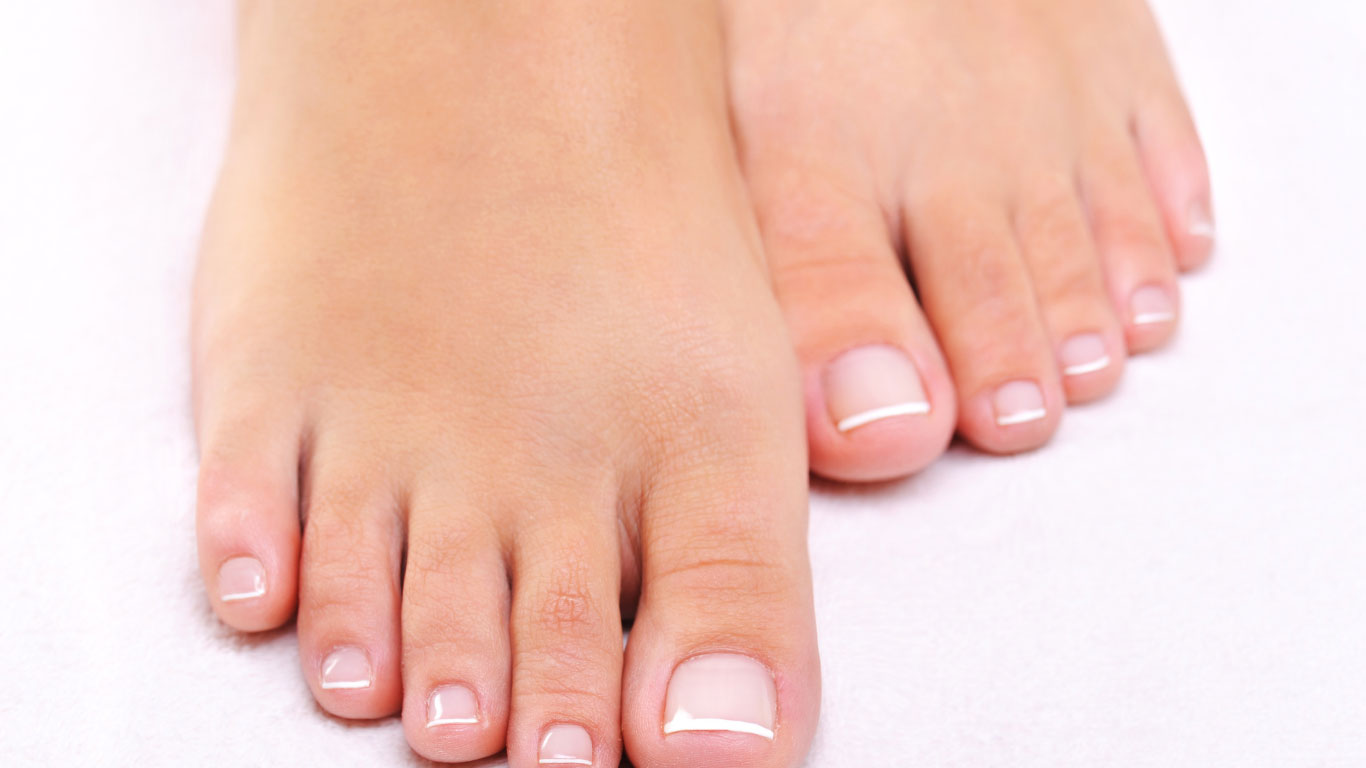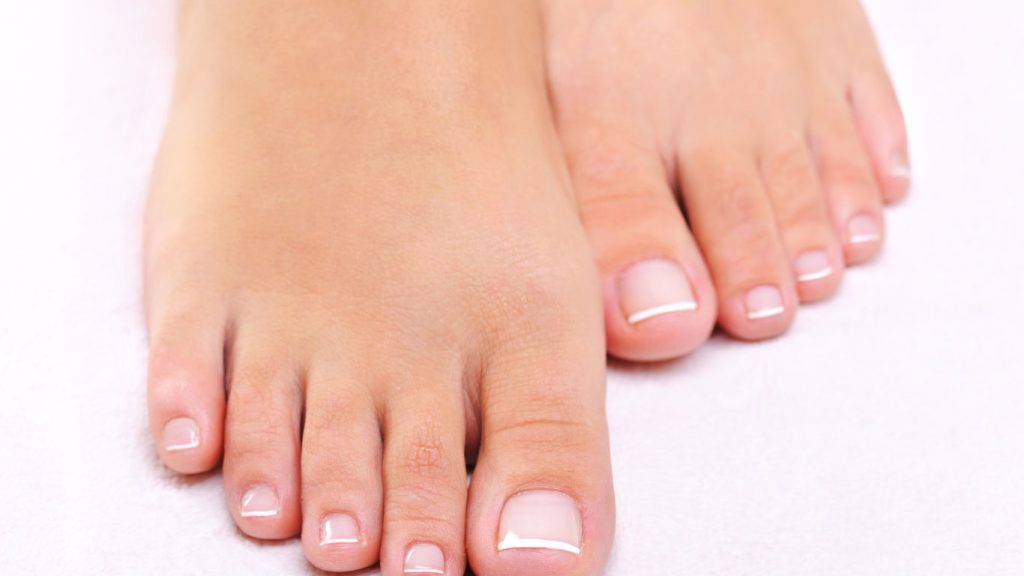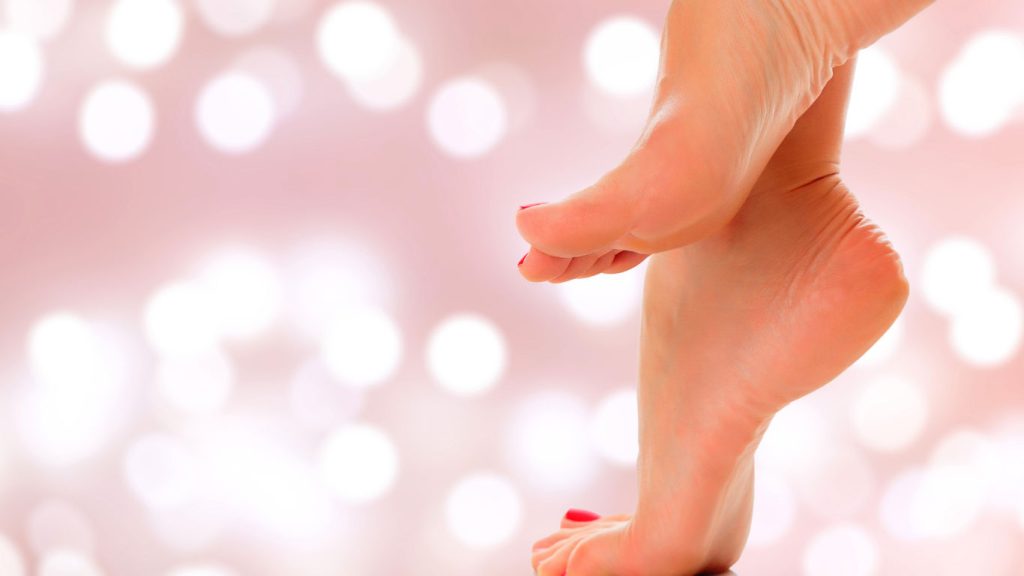
Sore arches, achy heels, and stubborn calluses have a way of creeping into busy weeks and stealing energy from workouts and daily life. If mornings start with stiffness or evenings end with throbbing feet, everyday habits are likely the reason — not just age or “bad luck.” When long standing days began to leave my heels tender and my runs cut short, I audited my routine: shoes, socks, stretching, and desk posture. Within two weeks of small fixes, the difference was huge — less swelling, easier walks, and far fewer flare-ups after training. This guide breaks down nine common habits that silently harm foot health and exactly how to swap them for supportive, science-informed practices. The goal is strong, pain-free feet that keep up with life, workouts, and weekend plans. Pin this foot-care checklist for quick, ongoing reminders!

Overview
These nine habits target the most common culprits behind plantar fasciitis, Achilles tightness, bunions, blisters, and nail issues. The routine focuses on footwear fit, tissue mobility, load management, and daily hygiene, with simple, at-home corrections that fit busy schedules. It’s ideal for walkers, runners, desk workers, and anyone who stands for long hours. Personally, I love how five minutes of calf-and-arch care after a shower can change the entire next day — it’s the smallest ritual with the biggest payoff.
What You’ll Need
– Well-fitted walking or training shoes (thumb-width space at the toe, snug heel).
– Moisture-wicking socks (merino or technical blends).
– A lacrosse or massage ball and a foam roller.
– Toe spacers or a simple silicone separator (optional).
– Nail clippers and a gentle foot file or pumice stone.
– Epsom salts and a basic urea or glycerin-based foot cream.
9 Harmful Habits (With Better Alternatives)
1) Wearing Worn-Out or Wrong-Size Shoes
– Why it hurts: Flattened cushioning and poor fit increase impact, strain arches, and cause blisters.
– Better: Replace running/walking shoes every 500–700 km or when tread compresses; ensure a thumb-width at the big toe, and the heel doesn’t slip. Shop later in the day when feet are slightly swollen for a true fit.
2) Defaulting to Flat, Unsupportive Footwear
– Why it hurts: Thin flats or flip-flops force the plantar fascia and calves to do extra work without support.
– Better: Choose shoes with mild arch support and a stable heel counter. For sandals, look for contoured footbeds and adjustable straps.
3) Skipping Daily Mobility for Calves and Arches
– Why it hurts: Tight calves shorten the Achilles, tugging on the heel and plantar fascia.
– Better: After a warm shower, do 60 seconds per calf (straight knee and bent knee) and roll arches with a ball for 1–2 minutes per foot.
4) Increasing Training Load Too Fast
– Why it hurts: Sudden jumps in steps or running volume stress bones, tendons, and fascia.
– Better: Follow the 10% rule weekly, add one hard session at a time, and rotate easy days. If feet ache, pull back for 48 hours and cross-train.
5) Standing or Sitting All Day Without Breaks
– Why it hurts: Static positions reduce circulation, cause fluid pooling, and stiffen the plantar tissues.
– Better: Micro-breaks every 45–60 minutes: 1–2 minutes of ankle pumps, heel raises, toe spreads, and a brief walk to reset blood flow.
6) Ignoring Toe Alignment and Toe Box Space
– Why it hurts: Narrow toe boxes compress the forefoot, promoting bunions and neuromas.
– Better: Choose wider toe-box shoes and practice 3–5 minutes of toe splay with spacers a few evenings per week to restore natural alignment.
7) Over-Exfoliating or Skipping Moisture Completely
– Why it hurts: Over-filing cracks the barrier; dryness leads to fissures and painful splits.
– Better: File gently on damp skin 1–2 times weekly only, then seal with a urea or glycerin foot cream at night; socks on to lock moisture in.
8) Poor Sock Choice and Wet Feet
– Why it hurts: Cotton traps moisture, raising blister and fungus risk.
– Better: Wear moisture-wicking socks and change them after workouts. Dry between toes after showers and use a bit of antifungal powder if sweaty.
9) Cutting Toenails Incorrectly
– Why it hurts: Curved cuts can invite ingrown nails and infections.
– Better: Trim straight across, not too short, and file edges flat. If an ingrown nail starts, avoid digging — see a professional early.
Step-by-Step Routine / Guide
1) Assess Shoes (5 minutes, weekend)
– Check tread, midsole compression, toe space, and heel grip. Replace or rotate pairs as needed.
2) Daily Micro-Mobility (3–5 minutes, evenings)
– 60 seconds calf stretch (straight knee), 60 seconds (bent knee), 60–120 seconds arch rolling per foot.
3) Strength Snack (3 minutes, after brushing teeth)
– 15–20 heel raises, 15–20 toe raises, 30-second single-leg balance per side. Progress to eyes-closed balance when steady.
4) Toe Care (3 minutes, 3–4 nights/week)
– Gentle toe splay with spacers or manual spreads, then a short foot massage with cream.
5) Hygiene and Moisture (nightly)
– Quick rinse or wipe after workouts, dry between toes, apply a pea-size layer of foot cream to heels and soles.
6) Workday Breaks (once per hour)
– Stand up, do 10 heel raises, 10 ankle circles, and a 60-second walk.
7) Training Progression (weekly check-in)
– Increase steps or running volume by ≤10% and add one new stressor at a time (speed OR hills, not both).
Quick Info
– Duration: Notice relief in 7–14 days with daily care.
– Difficulty: Beginner-friendly.
– Ideal Time: Post-shower evenings and short hourly work breaks.
– Goal: Reduce pain, improve mobility, and prevent overuse injuries.
Customization & Tips
– Flat feet: Consider mild support insoles; still train foot strength to avoid over-reliance.
– High arches: Prioritize cushioning and calf/plantar mobility to distribute load evenly.
– Runners: Rotate 2 shoe models with different drop/cushion profiles to vary stress.
– Hot climates: Keep spare socks; use antifungal powder and breathable shoes.
– Pro insight: Pain is information — scale back, recover, then rebuild with better mechanics.
Why This Works
Feet thrive on a balance of support, mobility, and progressive load. Better shoes reduce impact and friction, mobility frees tight calves and fascia, and short, frequent strength work builds resilient arches and ankles. Consistent hygiene and moisture care protect the skin barrier and nails, cutting down on blisters, cracks, and infections. With steady practice, most people feel less morning stiffness, greater walking comfort, and improved training tolerance within two weeks.
FAQs
– Do I need custom orthotics? Not always. Start with fit, rotation, strength, and mobility; consider orthotics if pain persists or there’s a known structural issue.
– Can I walk through foot pain? Mild soreness is okay; sharp or worsening pain means rest and reassess. If pain lingers beyond 1–2 weeks, see a clinician.
– What if I have bunions already? Choose wide toe boxes, use spacers for gentle alignment, and strengthen intrinsic foot muscles; severe cases may need specialist care.

